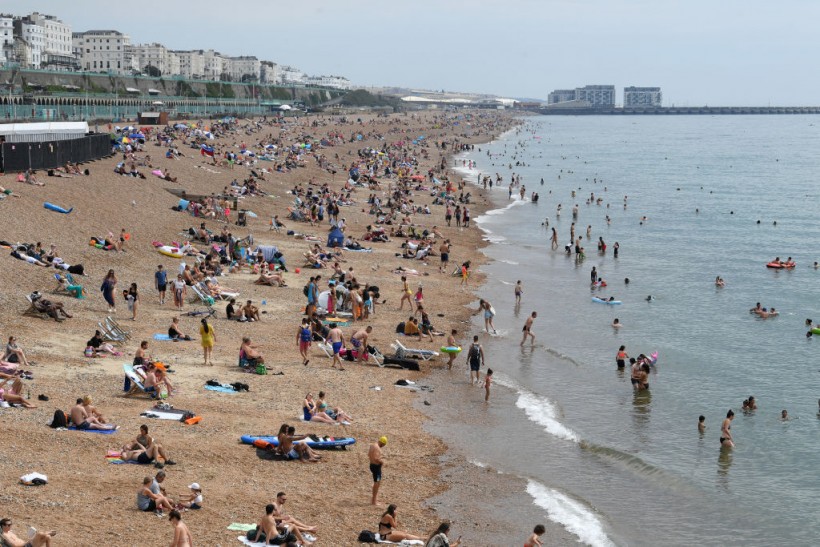Scorching temperatures are in store for Great Britain as the latest UK weather forecast suggests that high pressure from Scandinavia is converting warmer weather.
This came after record-breaking extreme heat in the UK during the Easter weekend that reached up to 23 degrees Celsius, the hottest day of the year.
Warmer Weather

The Met Office issued a five-day weather forecast in the UK from Tuesday to Saturday, April 19 to April 23.
Under the weather advisory, there will be warmer temperatures for most of the country on Wednesday, April 20, and isolated showers are likely in some areas.
In London, the UK weather agency reportedly said London will experience maximum temperatures of 19 degrees Celsius on Wednesday, hotter than the forecasted temperatures of 17 degrees Celsius in Ibiza and Barcelona in Spain.
Dry weather conditions are also looming for Thursday, April 21, while cloudy weather with rainfall, fog, and drizzle in multiple places, including northeastern coastal areas, has been forecasted on Friday, April 22, and Saturday.
Also Read: UK Easter Weather Forecast: After a Chilly Start of the Week, Temperatures Might Surge to Over 20°C
Long Range Weather Forecast
The Met Office also issued its long-range prediction, indicating that warmer temperatures are likely in some parts of the southern UK compared to its northern counterpart between April 24 and May 3
. During this period, coastal areas will experience colder temperatures with strong winds.
In addition, high pressure will dominate the north with dry weather. The south may also experience heavy rain.
On the other hand, the forecast says above normal temperatures will soar again between May 4 and May 18.
Although previous reports have suggested that a renewed heatwave will strike the UK again, not all hot temperatures in the territory are considered as such.
Climate Change and Fossil Fuels
In a 2018 Met Office study, a scientist explained that heatwaves are 30 times more likely to occur in contemporary times compared to 1750 due to the large amounts of greenhouse gas (GHG) like carbon dioxide in the atmosphere, as cited by the BBC.
A by-product of burning fossil fuels such as coal, oil, and natural gas, GHG emissions have significantly increased since the Industrial Revolution during the 18th century.
Over recent decades, climate scientists have continued to warn about the environmental repercussions of climate change and global warming. These natural hazards include drought and rising sea levels.
Heatwave Threat
The forecast of heatwaves is more challenging to predict compared to storms. According to the National Oceanic and Atmospheric Administration (NOAA), a heatwave is an "unusually hot weather" which can last for at least two days.
The BBC also cited the heatwave thresholds are separate from the extreme heat warnings by the Met Office and the health alert of the UK Health Security Agency.
The extreme heat warnings are reportedly meant to protect lives and property, while the health alert highlights the impact of heatwaves on public health.
In March, the Met Office forecasted that April will experience scorching temperatures of up to 28 degrees Celsius, generating hot weather including in England, Northern Ireland, Scotland, and Wales.
However, the weather agency claimed that it may take hotter temperatures for it to be considered a heatwave, according to the news site National World.
Related Article: Heatwave to Hit the UK in April and Climate Change is to Blame: Met Office Forecast
© 2024 NatureWorldNews.com All rights reserved. Do not reproduce without permission.

![Tsunami Hazard Zones: New US Map Shows Places at Risk of Flooding and Tsunamis Amid Rising Sea Levels [NOAA]](https://1471793142.rsc.cdn77.org/data/thumbs/full/70325/280/157/50/40/tsunami-hazard-zones-new-us-map-shows-places-at-risk-of-flooding-and-tsunamis-amid-rising-sea-levels-noaa.jpg)



